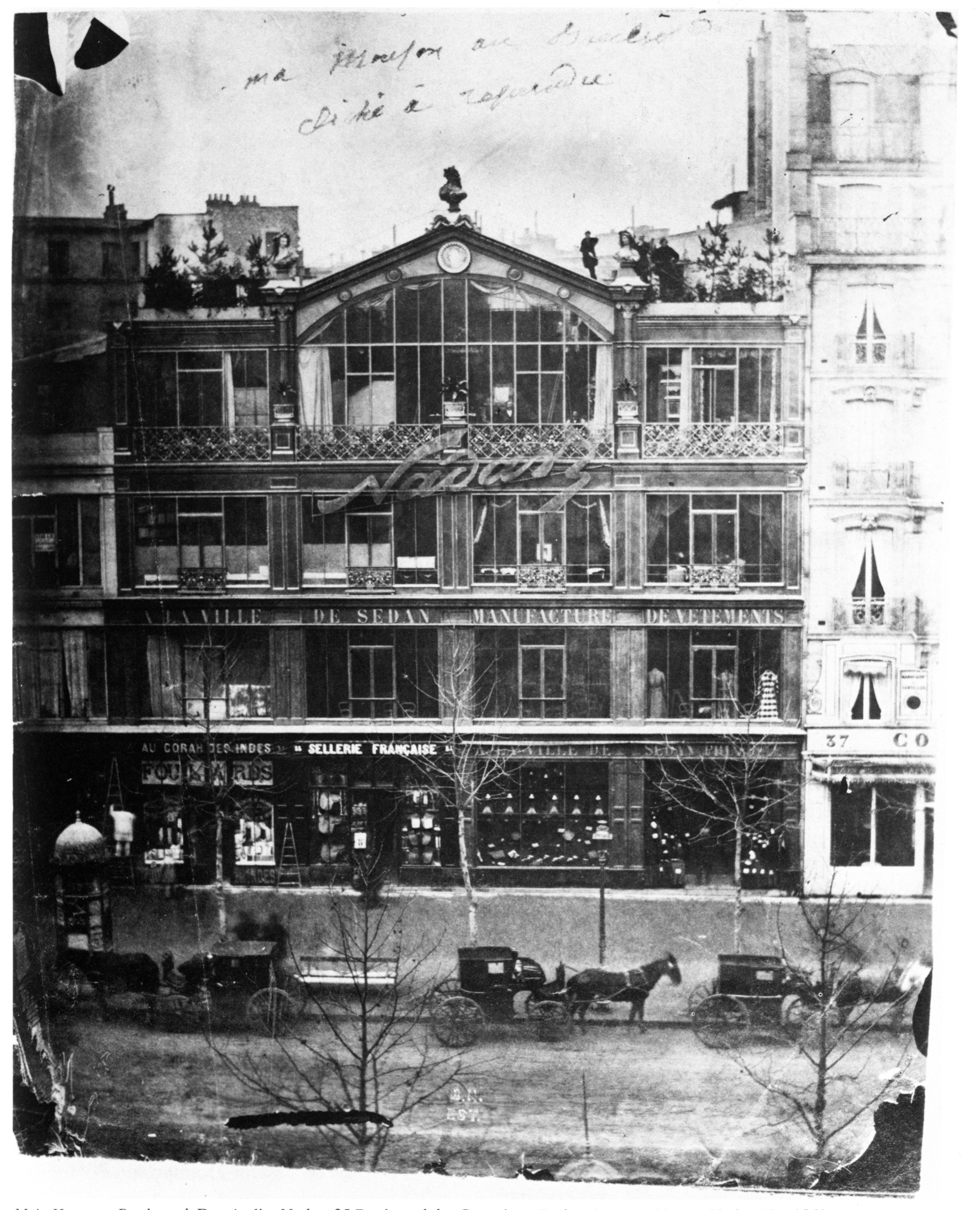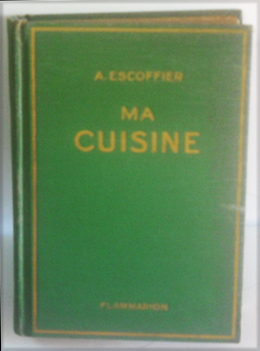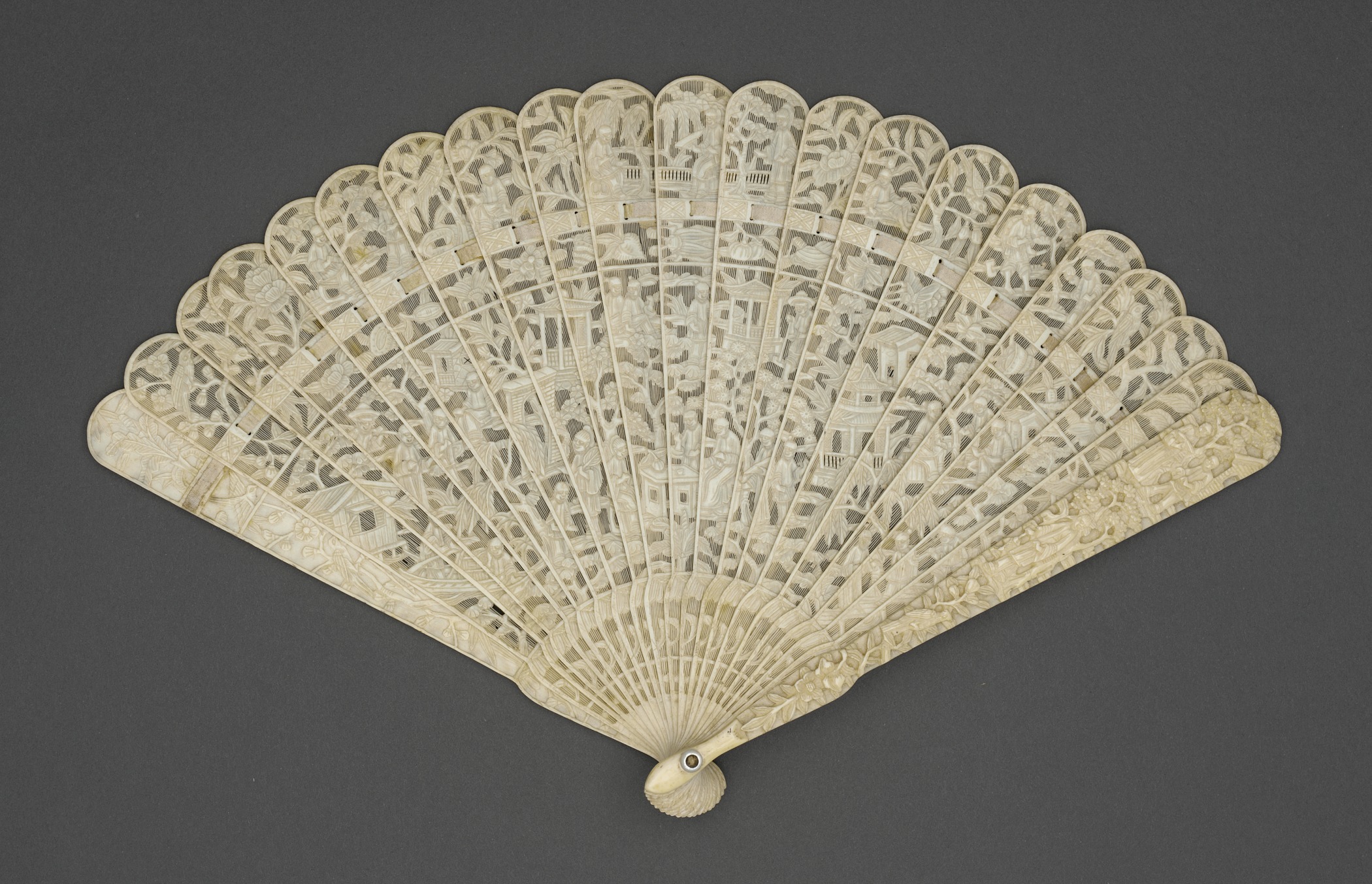|
Suzanne Reichenberg
Suzanne Reichenberg (stage name, Suzette; 7 September 1853 ã 9 March 1924), Baroness of Bourgoing, was a French actress. She joined the Comûˋdie-FranûÏaise on August 1, 1867, and started on December 14, 1868. She was appointed its 294th member on 1 January 1872, and became ''Sociûˋtaires of the Comûˋdie-FranûÏaise, sociûˋtaire'' number 309, on 9 January 1872. Reichenberg retired from the Comûˋdie-FranûÏaise on January 31, 1898. She was awarded the distinction of ''Chevalier'' (Knight), Legion of Honour. Early life and education Suzanne Angûˋlique Charlotte Reichenberg was born in the 17th arrondissement of Paris on September 7, 1853, to a Hungarian father, Charles Reichenberg, (1828ã1859), a tailor-cutter, and a Picardy, Picard mother, Aline-Joachim-Florence Bocquillon. The family lived on Rue de Rivoli, opposite the Tuileries Palace. She was the goddaughter of Augustine Susanne Brohan, Susanne Brohan, whose mother later became Suzanne Reichenberg's lady-in-waiting. Brohan taug ... [...More Info...] [...Related Items...] OR: [Wikipedia] [Google] [Baidu] |
Nadar
Gaspard-Fûˋlix Tournachon (; 5 April 1820 ã 20 March 1910), known by the pseudonym Nadar () or Fûˋlix Nadar'','' was a French photographer, caricaturist, journalist, novelist, balloon (aircraft), balloonist, and proponent of History of aviation#Heavier than air, heavier-than-air flight. In 1858, he became the first person to take aerial photographs. Photographic portraits by Nadar are held by many of the great national collections of photographs. His son, Paul Nadar, continued the studio after his death. Life Gaspard-Fûˋlix Tournachon (also known as Nadar) was born in early April 1820 in Paris, though some sources state he was born in Lyon. His father, Victor Tournachon, was a printer and bookseller. Nadar began to study medicine but quit for economic reasons after his father's death. Nadar started working as a caricaturist and novelist for various newspapers. He fell in with the Parisian bohemian group of Gûˋrard de Nerval, Charles Baudelaire, and Thûˋodore de Banville. ... [...More Info...] [...Related Items...] OR: [Wikipedia] [Google] [Baidu] |
Boni De Castellane
Marie Ernest Paul Boniface de Castellane, Marquis de Castellane (14 February 1867 ã 20 October 1932), known as Boni de Castellane, was a French nobleman and politician. He was known as a leading ''Belle ûpoque'' tastemaker and the first husband of American railroad heiress Anna Gould. Early life '' Comte'' Boni de Castellane was born in Paris as the eldest son of Antoine, Marquis de Castellane, and his wife Madeleine Le Clerc de Juignûˋ. His brothers were Jean and Stanislas de Castellane. Like his brothers, Boni bore the courtesy title of ''comte de Castellane'', until he inherited his father's title upon the latter's death in 1917. His paternal grandparents were Henri, Marquis de Castellane, deputy for Cantal, and his wife Pauline de Talleyrand-Pûˋrigord. His aunt, Marie de Castellane, was married to Prince Antoine Radziwiéé, a grandson of Prince Antoni Radziwiéé and Princess Louise of Prussia. Marriage and children On 14 March 1895, he was married to heiress Anna G ... [...More Info...] [...Related Items...] OR: [Wikipedia] [Google] [Baidu] |
London
London is the Capital city, capital and List of urban areas in the United Kingdom, largest city of both England and the United Kingdom, with a population of in . London metropolitan area, Its wider metropolitan area is the largest in Western Europe, with a population of 14.9 million. London stands on the River Thames in southeast England, at the head of a tidal estuary down to the North Sea, and has been a major settlement for nearly 2,000 years. Its ancient core and financial centre, the City of London, was founded by the Roman Empire, Romans as Londinium and has retained its medieval boundaries. The City of Westminster, to the west of the City of London, has been the centuries-long host of Government of the United Kingdom, the national government and Parliament of the United Kingdom, parliament. London grew rapidly 19th-century London, in the 19th century, becoming the world's List of largest cities throughout history, largest city at the time. Since the 19th cen ... [...More Info...] [...Related Items...] OR: [Wikipedia] [Google] [Baidu] |
Savoy Hotel
The Savoy Hotel is a luxury hotel located in the Strand in the City of Westminster in central London, England. Built by the impresario Richard D'Oyly Carte with profits from his Gilbert and Sullivan opera productions, it opened on 6 August 1889. It was the first in the Savoy group of hotels and restaurants owned by Carte's family for over a century. The Savoy was the first hotel in Britain to introduce electric lights throughout the building, electric lifts, bathrooms in most of the lavishly furnished rooms, constant hot and cold running water and many other innovations. Carte hired Cûˋsar Ritz as manager and Auguste Escoffier as '' chef de cuisine''; they established an unprecedented standard of quality in hotel service, entertainment and elegant dining, attracting royalty and other rich and powerful guests and diners. The hotel became Carte's most successful venture. Its bands, Savoy Orpheans and the Savoy Havana Band, became famous, and other entertainers (who were also ... [...More Info...] [...Related Items...] OR: [Wikipedia] [Google] [Baidu] |
HûÇtel Ritz Paris
The Ritz Paris is a hotel in central Paris, overlooking the Place VendûÇme in the city's 1st arrondissement of Paris, 1st arrondissement. A member of The Leading Hotels of the World marketing group, the Ritz Paris is ranked among the most luxurious hotels in the world. The hotel was founded in 1898 by the Swiss hotelier Cûˋsar Ritz in collaboration with the French chef Auguste Escoffier. The hotel was constructed behind the faûÏade of an eighteenth-century townhouse. It was among the first hotels in Europe to provide an en suite bathroom, electricity, and a telephone for each room. It quickly established a reputation for luxury and attracted a clientele that included royalty, politicians, writers, film stars, and singers. Several of its suites are named in honour of famous guests of the hotel including Coco Chanel, and the cocktail lounge Bar Hemingway pays tribute to writer Ernest Hemingway. The hotel was renovated from 1980 to 1987 following its purchase by Mohamed Al-Fayed; ... [...More Info...] [...Related Items...] OR: [Wikipedia] [Google] [Baidu] |
Auguste Escoffier
Georges Auguste Escoffier (; 28 October 1846 ã 12 February 1935) was a French chef, restaurateur, and culinary writer who popularised and updated traditional French cooking methods. Much of Escoffier's technique was based on that of Marie-Antoine Carûˆme, one of the codifiers of French ''haute cuisine''; Escoffier's achievement was to simplify and modernise Carûˆme's elaborate and ornate style. In particular, he codified the recipes for the five mother sauces. Referred to by the French press as ''roi des cuisiniers et cuisinier des rois'' ("king of chefs and chef of kings"ãalso previously said of Carûˆme), Escoffier was a preeminent figure in London and Paris during the 1890s and the early part of the 20th century. Alongside the recipes, Escoffier elevated the profession. In a time when kitchens were loud, riotous places where drinking on the job was commonplace, Escoffier demanded cleanliness, discipline, and silence from his staff. In bringing order to the kitchen, he t ... [...More Info...] [...Related Items...] OR: [Wikipedia] [Google] [Baidu] |
Crûˆpes Suzette
Crûˆpes Suzette () is a French dessert consisting of crûˆpes with ''beurre Suzette'' (), a sauce of caramelized sugar and butter, tangerine or orange juice, zest, and Grand Marnier, triple sec or orange CuraûÏao liqueur on top, flambûˋed tableside.Courtine, Robert J. (1984), ''Larousse gastronomique'' (French edition), Paris: Librairie Larousse. Origins The origin of the dish and its name is disputed. One claim is that it was created from a mistake made by a 14-year-old assistant waiter, Henri Charpentier, in 1895 at the Maitre at Monte Carlo's Cafûˋ de Paris. He was preparing a dessert for the future King Edward VII of the United Kingdom (then Prince of Wales), whose guests included a beautiful French girl named Suzette. This story was told by Charpentier himself in ''Life û la Henri'', his autobiography, although later contradicted by the '' Larousse Gastronomique''. It was quite by accident as I worked in front of a chafing dish that the cordials caught fire. I thought ... [...More Info...] [...Related Items...] OR: [Wikipedia] [Google] [Baidu] |
Hand Fan
A handheld fan, or simply hand fan, is a broad, flat surface that is waved back and forth to create an airflow. Generally, purpose-made handheld fans are folding fans, which are shaped like a Circular sector, sector of a circle and made of a thin material (such as paper or feathers) mounted on slats which revolve around a pivot so that it can be closed when not in use. Hand fans were used before Fan (machine), mechanical fans were invented. Fans work by utilizing the concepts of thermodynamics. On human skin, the airflow from hand fans increases the evaporation rate of sweat, lowering body temperature due to the latent heat of the evaporation of water. It also increases heat convection by displacing the warmer air produced by body heat that surrounds the skin, which has an additional cooling effect, provided that the ambient air temperature is lower than the skin temperature, which is typically about . Next to the folding fan, the rigid hand screen fan was also a highly decorat ... [...More Info...] [...Related Items...] OR: [Wikipedia] [Google] [Baidu] |
Bourgeois Of Paris
A bourgeois of Paris was traditionally a member of one of the Corporation (feudal Europe), corporations or guilds that existed under the Ancien Rûˋgime. According to Article 173 of the Custom of Paris in New France, Custom of Paris, a bourgeois had to possess a Domicile (law), domicile in Paris as a Leasehold estate, tenant or Ownership, owner for at least a year and a day. This qualification was also required for public offices such as Provost of the merchants of Paris, provost of the merchants, alderman or consul, but unlike the bourgeois or citizens of other free cities, Parisians did not need letters of bourgeoisie to prove their status. A bourgeois of Paris had privileges as well as duties. While they were exempt from paying the taille, they were required to pay the city taxes, contribute to a public Charity (practice), charity, arm themselves at their own expense, and join the urban militia. Definition According to article 173 (previously 129) of the Custom of Paris in ... [...More Info...] [...Related Items...] OR: [Wikipedia] [Google] [Baidu] |
ûdouard Manet - Femme En Robe De Soirûˋe (RW 341)
ûdouard is both a French given name and a surname, equivalent to Edward in English. Notable people with the name include: * ûdouard Balladur (born 1929), French politician * ûdouard Boubat (1923ã1999), French photographer * ûdouard Colonne (1838ã1910), French conductor * ûdouard Daladier (1884ã1970), French prime minister at the start of World War II * Edouard Drumont (1844ã1917), French anti-semitic journalist * ûdouard Dujardin (1861ã1949), French writer * ûdouard FranûÏois (born 1957), French architect * ûdouard Gagnon (1918ã2007), French Canadian cardinal * ûdouard Herriot (1872ã1957), French prime minister, three times, and mayor of Lyon from 1905 to 1957 * Edouard F. Henriques, Make-up artist * ûdouard von Jaunez (1834ã1916), German-French politician and industrialist * ûdouard Lalo (1823ã1892), French composer * ûdouard Lockroy (1838ã1913), French politician * ûdouard Louis (born 1992), French writer * ûdouard Lucas (1842ã1891), Frenc ... [...More Info...] [...Related Items...] OR: [Wikipedia] [Google] [Baidu] |
Ingûˋnue
The ''ingûˋnue'' (, , ) is a stock character in literature, film and a role type in the theater, generally a girl or a young woman, who is endearingly innocent. ''Ingûˋnue'' may also refer to a new young actress or one typecast in such roles. The term comes from the feminine form of the French adjective meaning "ingenuous" or innocent, virtuous and candid. The term may also imply a lack of sophistication and cunning. Typically, the ''ingûˋnue'' is beautiful, kind, gentle, sweet, virginal and often naû₤ve; additionally, she is often in mental, emotional, or even physical dangerãusually a target of the cad, whom she may have mistaken for the hero. The ''ingûˋnue'' usually lives with her father, husband, or a father figure. The vamp (femme fatale) is often a foil for the ''ingûˋnue'' (or the damsel in distress). The ''ingûˋnue'' is often accompanied by a romantic side plot. This romance is usually considered pure and harmless to both participants. In many cases, the mal ... [...More Info...] [...Related Items...] OR: [Wikipedia] [Google] [Baidu] |









